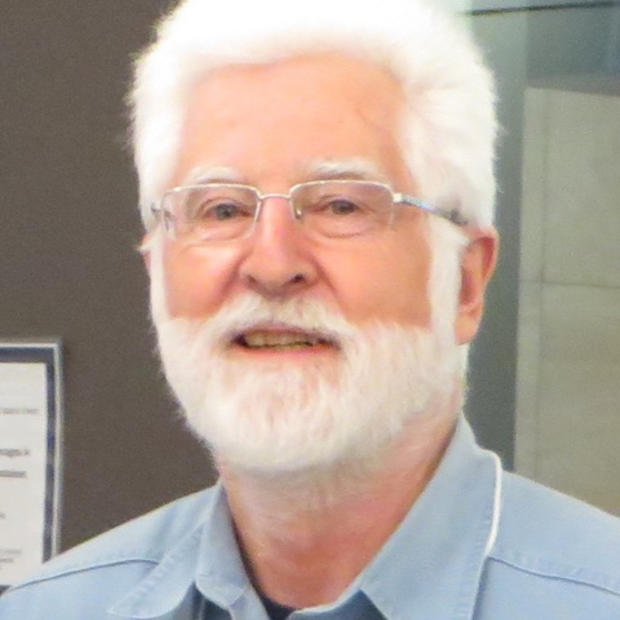The reports and comments on American students’ poor showing on international-comparison tests of math and science have taken on a predictable sameness, become a stylized lament, commenting on the action like a hand-wringing Greek chorus.
Numerous articles have taken up the dirge as the latest round of testing has enthroned the kids of Shanghai as best in the world, one of the latest among them by David Barboza of the New York Times who reported Dec. 30 from the Chinese city.
The test at issue is the latest PISA — the Programme for International Student Assessment administered by the Organization for Economic Cooperation and Development and given every three years to a sample of 15-year-olds in 60 to 65 countries. It tests math, science and reading in each country’s language.
“American students came in between 15th and 31st place in the three categories,” reports Barboza, who quickly softens the blow by writing, “France and Britain also fared poorly.” (Thank heavens!)
Of course, there has to be a reason for this poor showing, so the reporter quickly checks with the experts. And here is the first verse of the chorus: As with other countries in Asia, “Their education systems are steeped in discipline, rote learning and obsessive test preparation,” writes Barboza, summarizing what he hears.
And the Chinese admit this horror. They’re not keeping it a secret. Barboza quotes a Chinese expert: “Very rarely do children in other countries receive academic training as intensive as our children do,” said Sun Baohong, an authority on education at the Shanghai Academy of Social Sciences.
But test prep must have a downside and that’s the second verse of the chorus that arises around these stories. Barboza has another Chinese expert supply it. Jiang Xueqin, a deputy principal at Peking University High School, told the reporter that (in Barboza’s paraphrase) “Chinese schools emphasized testing too much, and produced students who lacked curiosity and the ability to think critically or independently.” The chorus tells us we’re safe because those are American virtues.
The third verse of the chorus is, of course, that statistics can lie. At best perhaps they are snapshots. James Fallows in his blog recently quoted at length from a university professor who covered this point excellently. For example, Shanghai, as Barboza reports, is not representative of China. And in the last “Bracey Report” before his death, renowned education researcher Gerald Bracey, commenting generally on international comparisons, said, in effect, not to worry, America’s best are as good as anybody’s, summarizing it this way: “Well-resourced schools serving wealthy neighborhoods are showing excellent results. Poorly resourced schools serving low-income communities of color do far worse.”
True as that is, I have a hard time accepting it as a good argument.
Nowadays, in counterpoint, another chorus enters stage right, carrying spears. They are the voices of education reform’s presently dominant fad: test-based teacher pay-for-performance. This group includes federal Education Secretary Arne Duncan, and several huge foundations with enough money to set the agenda: Gates-Buffet, Eli Broad, the Walton family, and a few others. Their role is not to minimize but to sound the alarm, pointing to the crisis as proof the reforms they advocate are essential. It’s time for action. In Barboza’s story, Duncan says the test scores are a “wake up call” for the U.S.
But back to China. Barboza quotes 9th grade teacher Li Zhen asking her 40-student class a question that requires understanding Euclid’s theorem of parallelograms: “Who in this class can tell me how to demonstrate two lines are parallel without using a proportional segment?”
Writes Barboza: “One by one, a series of students in this medium-size (sic) public school raised their hands. When Ms. Li called on them, the each stood politely by their desks and usually answered correctly. They returned to their seats only when she told them to sit down.”
Ask yourself two questions: Wouldn’t you want American kids to know geometry that well? Wouldn’t you want them disciplined and paying attention in class?
What the minimizing chorus does, although not really wrong on its points, is keep us from asking those kinds of questions, while the alarmist chorus tells us they already have the answer.
You probably answered yes to both of those questions and you’re probably uncomfortable with the sounds of the choruses. You don’t really know what to do and you’re not sure they’ve got it right, either. But something or some ways other countries approach education must make a difference. Because there are differences.
Barboza nods toward the alarmists with a few paragraphs about teacher training and pay but there’s not enough information to determine what teacher pay in Shanghai means in terms of lifestyle and social standing compared to the U.S. Does the profession attract the best and the brightest?
So, except for the following paragraph, the article sheds little light on what the international differences might be.
“Public school students in Shanghai often remain at school until 4 p.m., watch very little television and are restricted by Chinese law from working before the age of 16.”
That may be a clue that cultural shifts and not just education “reforms” are what America needs. We may be on the way, though: The football team stays late.
(For more on PISA, including Washington’s relatively good standing relative to other states, see “Your Child Left Behind” in the December Atlantic. There's a very good graphic.)


